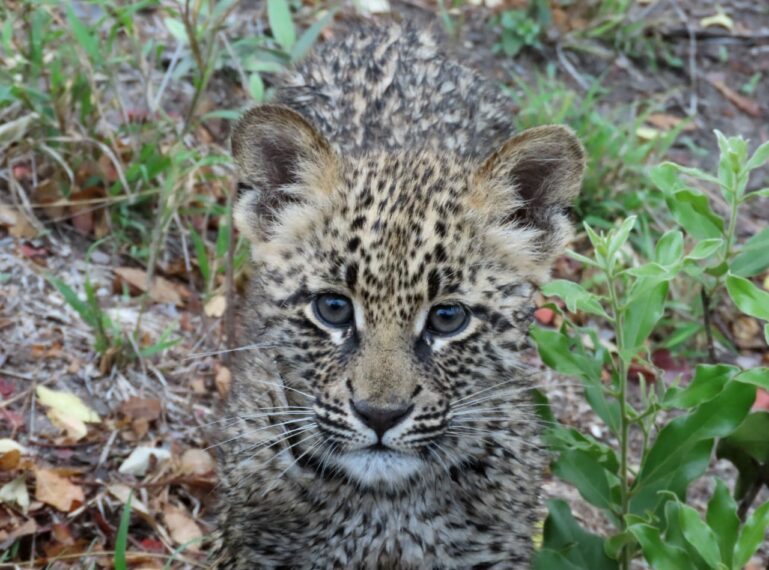
Leopards are elusive solitary cats that thrive in areas rich with prey sources, den sites, trees, and easy access to water. The Kruger camps within our portfolio are all located in cat-friendly habitats laden with hidden pockets of bushveld, rivers, outcrops, and dense populations of plains game. Leopards love trees that provide enough elevation to prevent opportunistic scavengers from stealing kills and for concealment. In the Greater Kruger, leopards seem to be partial to Marula and Leadwood trees, which have thickset branches for draping kills…And for just hanging out.
Because our leaps of leopards are lone wanderers, spotting them can be tricky—unless you’re an expert guide or have a good dose of luck on your side! However, you’ll be pleased to know that there are a few telltale signs that leopards are in the vicinity (if you can’t find a leopard, you can at least impress your guide with this information).
- Leopards scent mark with urine, which has a distinct popcorn-like smell. If you smell popcorn in the wild, you’re not at the movies.
- Look at the birds and small mammals. Vervet monkeys scatter when leopards are near, and birds tend to alarm call.
- Leopards cheek rub trees to scent mark. Look at trees with smooth patches.
- Trees with claw marks are a dead giveaway that leopards are in the area.
- The obvious—remnants from a kill high up in a tree and plenty of fresh tracks.
A word of advice: always look up when you’re on game drive. Leopards love to play hide-and-seek in the tall trees.
Recently, our guides and trackers in a few of our Kruger camps managed to track a few local leopards, affording guests abundant opportunities to spot this elusive cat. Many of our guides are budding photographers, so they sent through a few of their updates from game drive.
Phuti Camp: Guide Faf took these incredible photos of one of the local leopards that hangs around Phuti Camp. This old leopard has a few notches and war wounds from being top of the predator chain.
Nambu Camp: Look up! Nambu Camp is no stranger to predator sightings and has recently been rewarded with a few African wild dog sightings. This leopard was spotted during the day, when cats usually take time out to relax in elevated areas. Nambu also spotted another leopard exploring the rocky area, searching for a place to relax.
Chacma Bush Camp: Charming Chacma is flourishing with lion and leopard sightings. Camp manager, Karen, took this series of images of another local leopard legend frequently spotted on the traverse. This youngster is thriving in the wild, seemingly confident in its surrounds. The team have yet to see this beauty conduct a kill.
Umkumbe Safari Lodge Riverside: Located in the heart of “leopard country”, Umkumbe is no stranger to regular leopard sightings. Ndzanzeni seems to be a regular attraction at Umkumbe, but the main of drives at Umkumbe is the sighting of N’tsumi’s two leopard cubs.
Nyala Safari Lodge: Newcomer to our portfolio, Nyala Safari Lodge, is certainly has no problem fitting in with our regular big cat sightings. This cat has quite unique markings on its fur, making it easily identifiable while out on drive. It was spotted relaxing in the thickets shortly after scent marking its home turf.
Learning About Leopards: 5 Fun Facts
- Leopards are rarely seen together. The only time this happens is when they’re mating or if it’s a female with her cub/s.
- Males seek out much larger territories than females, widening the scope for potential mates. They’re also drawn to areas with females.
- Females are drawn to areas with potential den sites, water and access to prey. They occupy much smaller territories.
- Mature males have a “saggy chin” called a dewlap that determines their age—the saggier the chin, the older the leopard!
- Leopards are incredible mothers. At about 4—5 months old, the mother teaches and takes the cub on hunts with her. Their cubs stick close to their side until about 12—18 months old before they begin exploring the periphery of their mother’s territory. Females may stick around their natal area for longer periods.
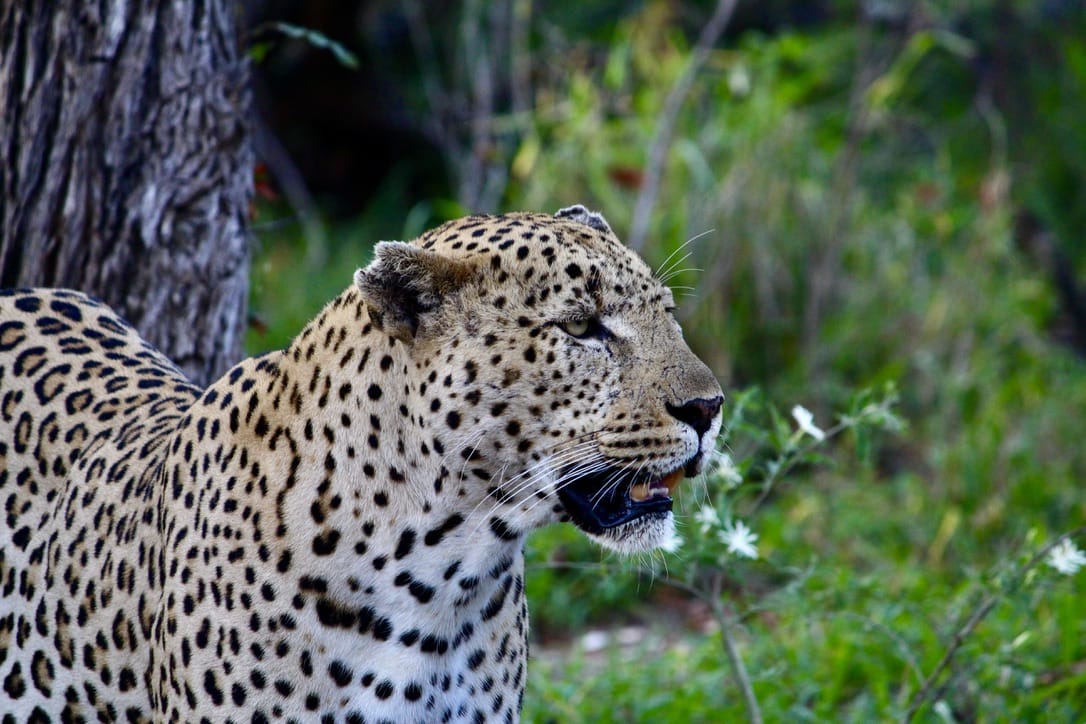
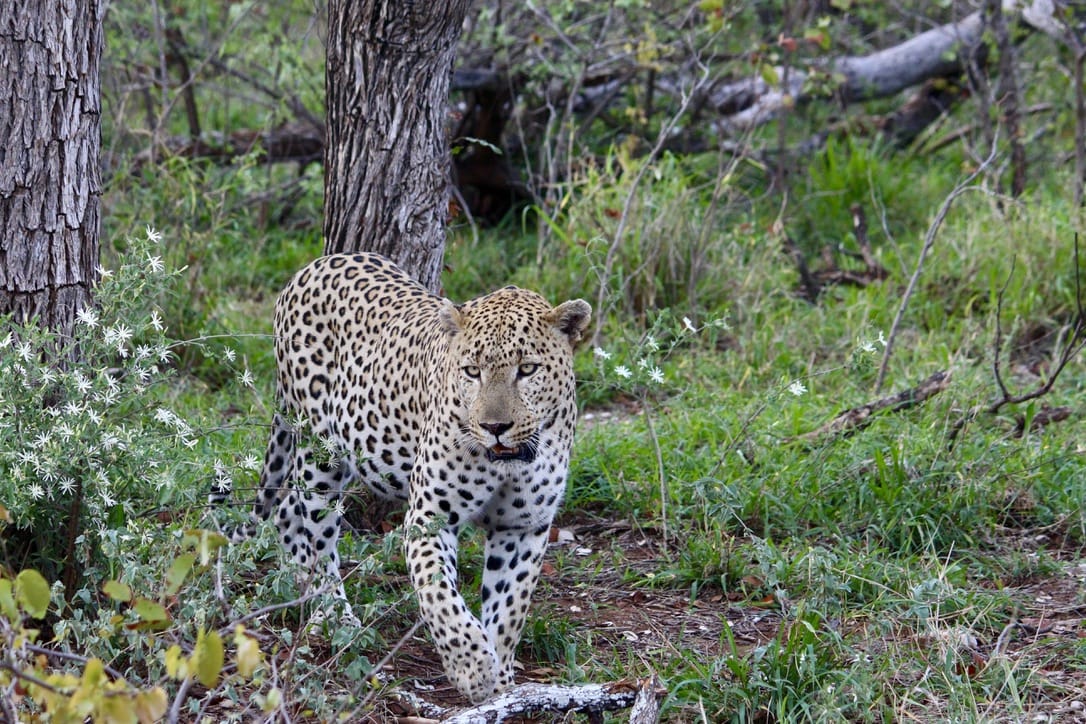
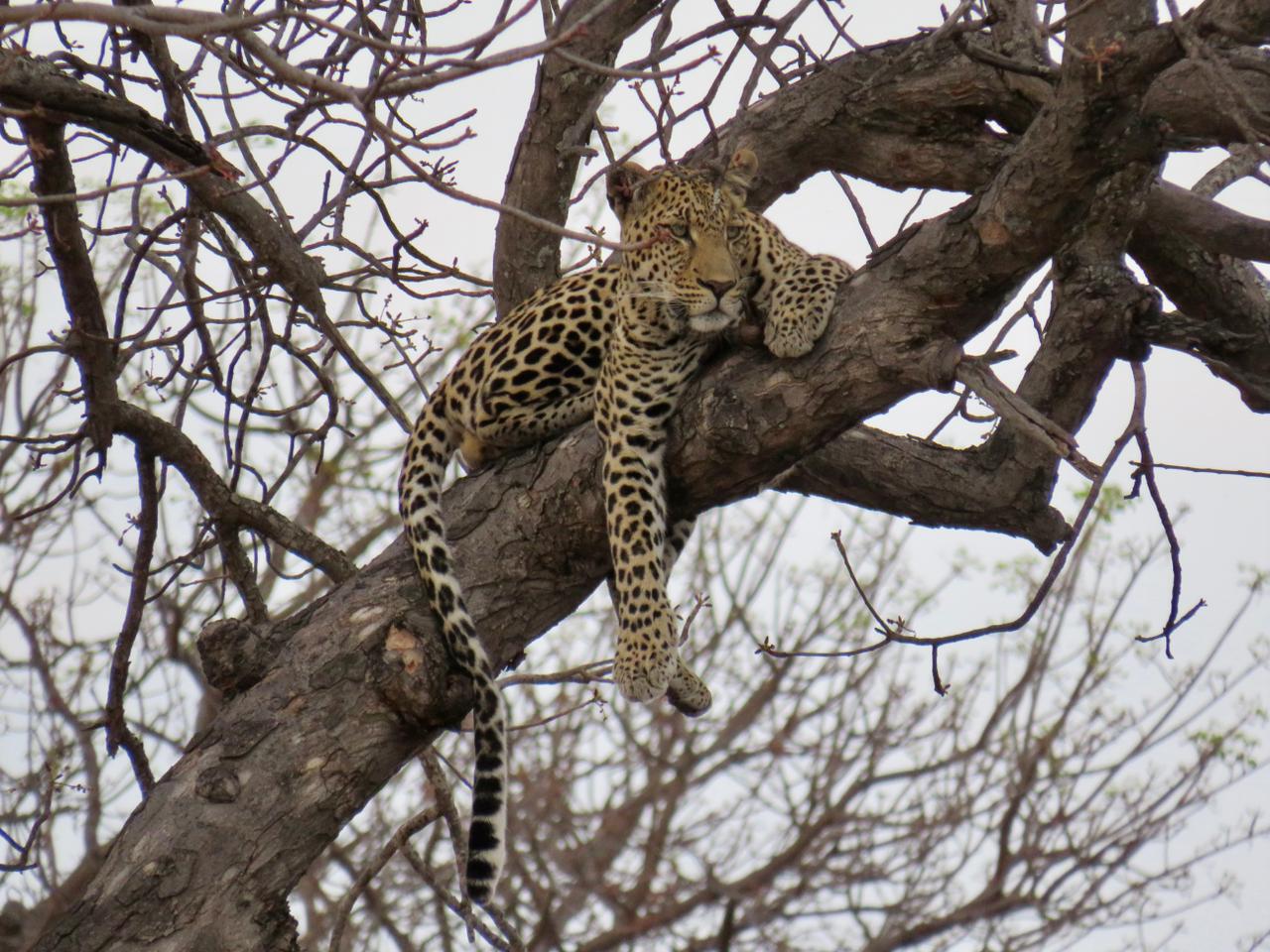
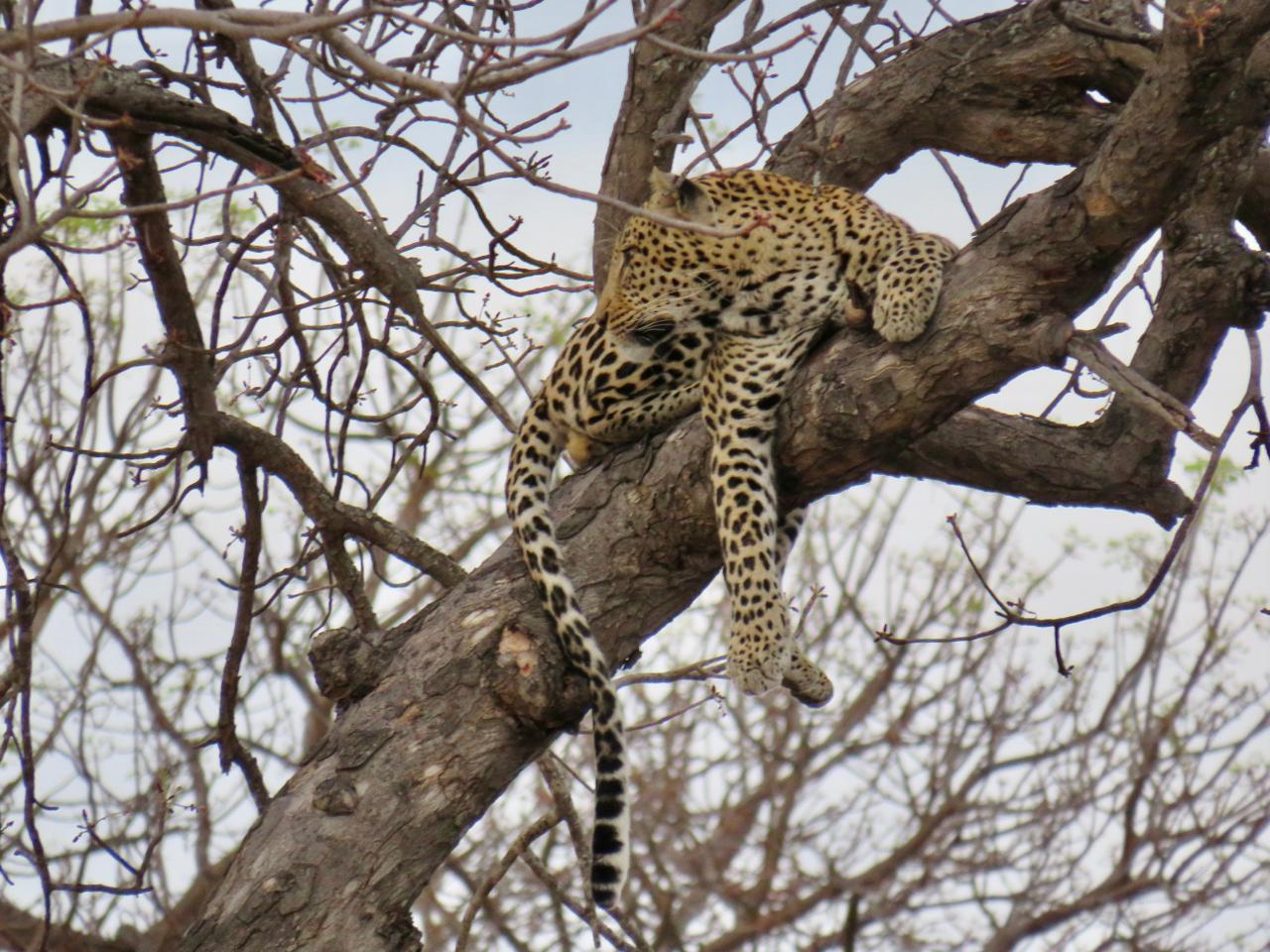
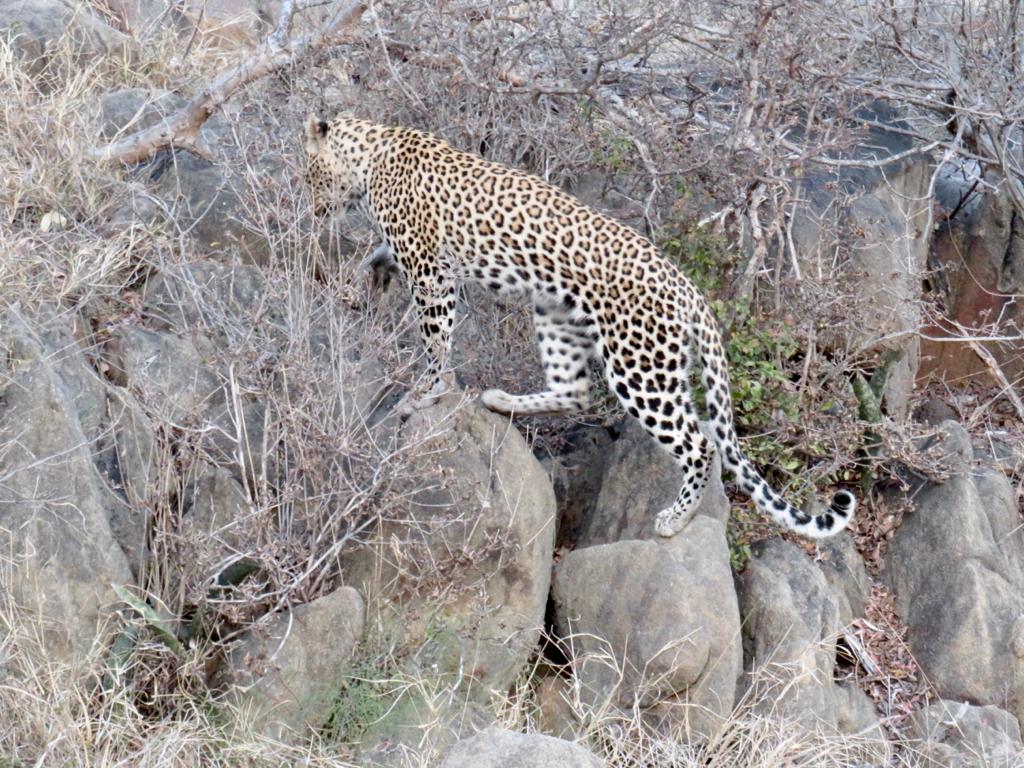
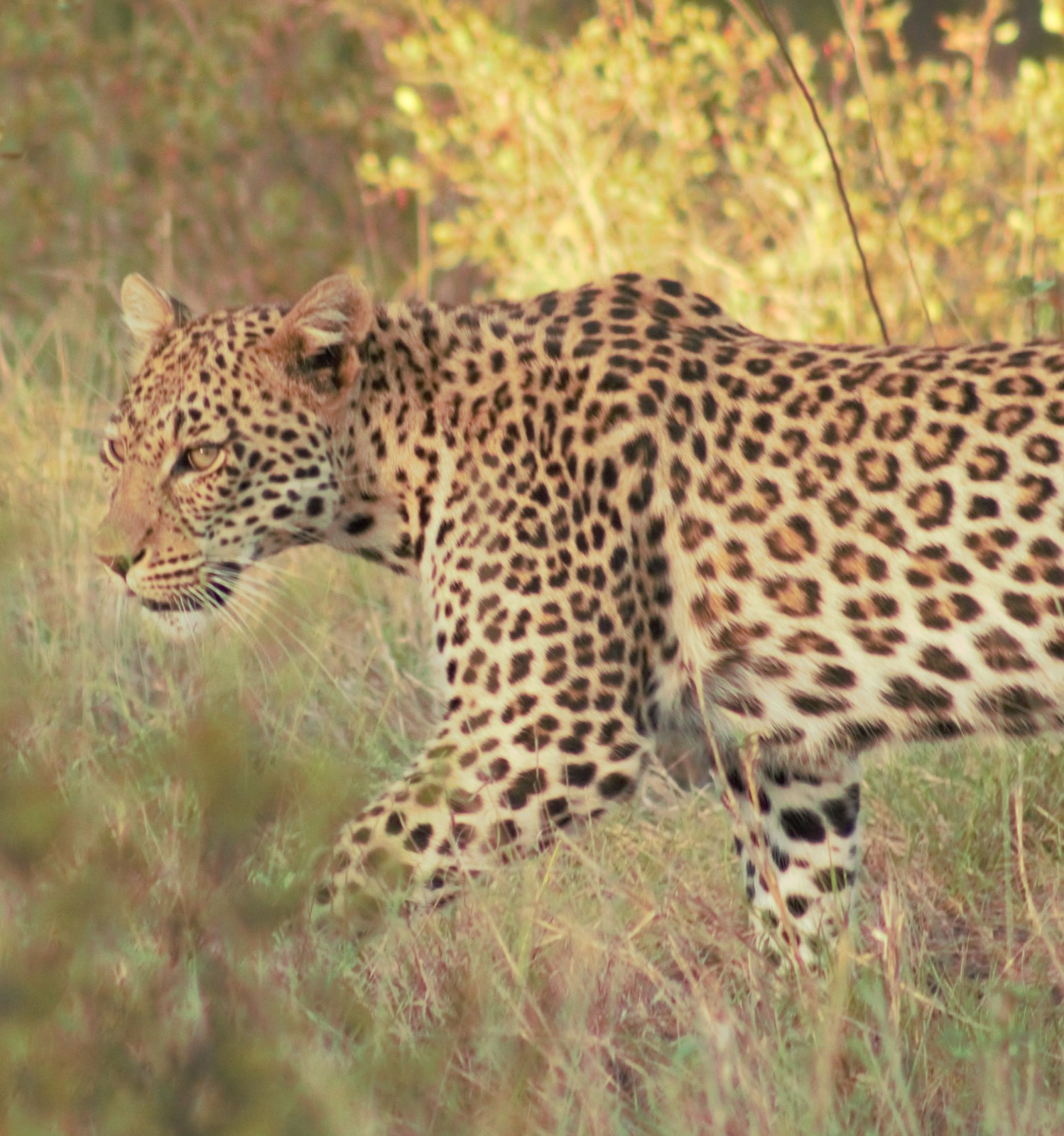
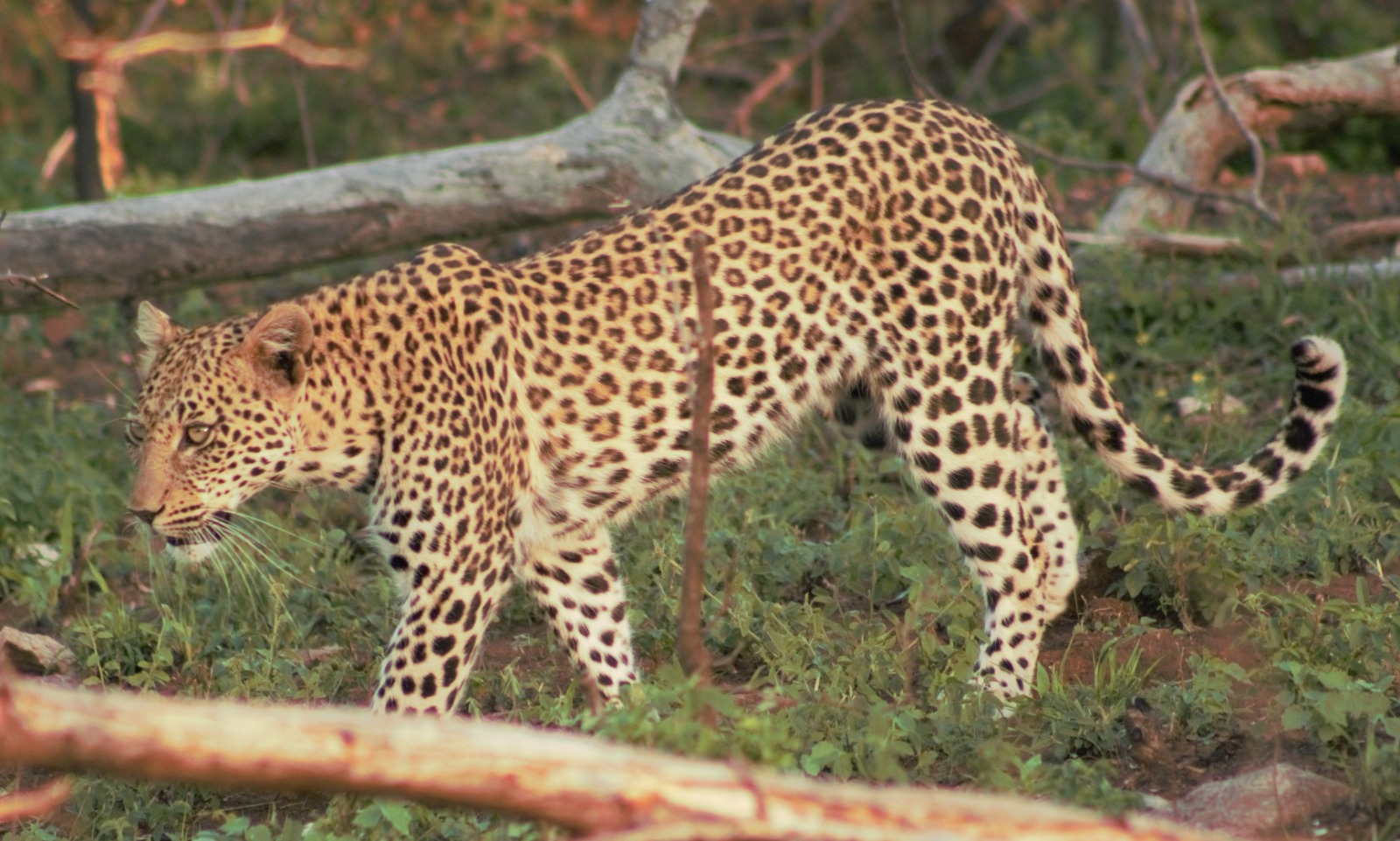
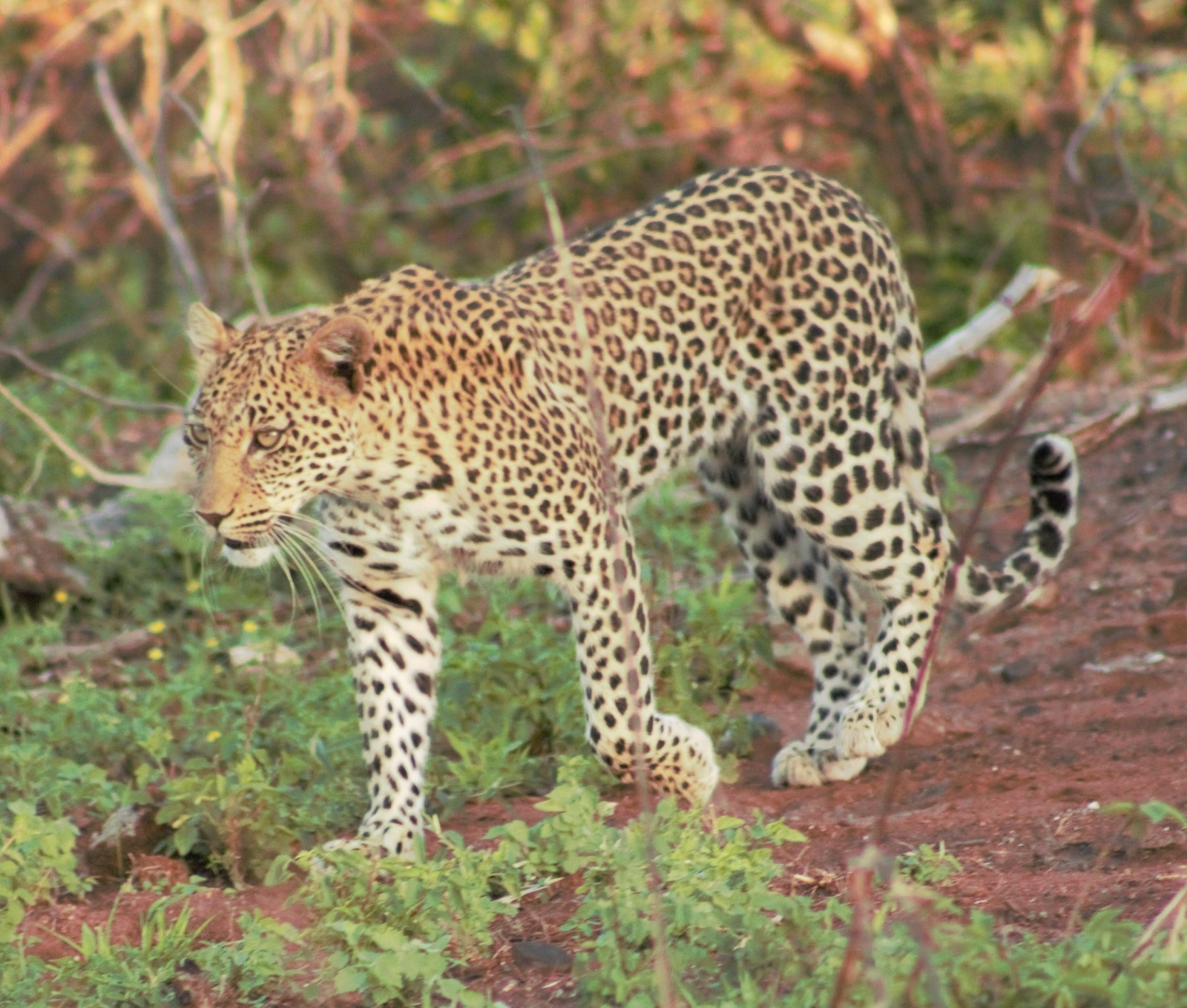
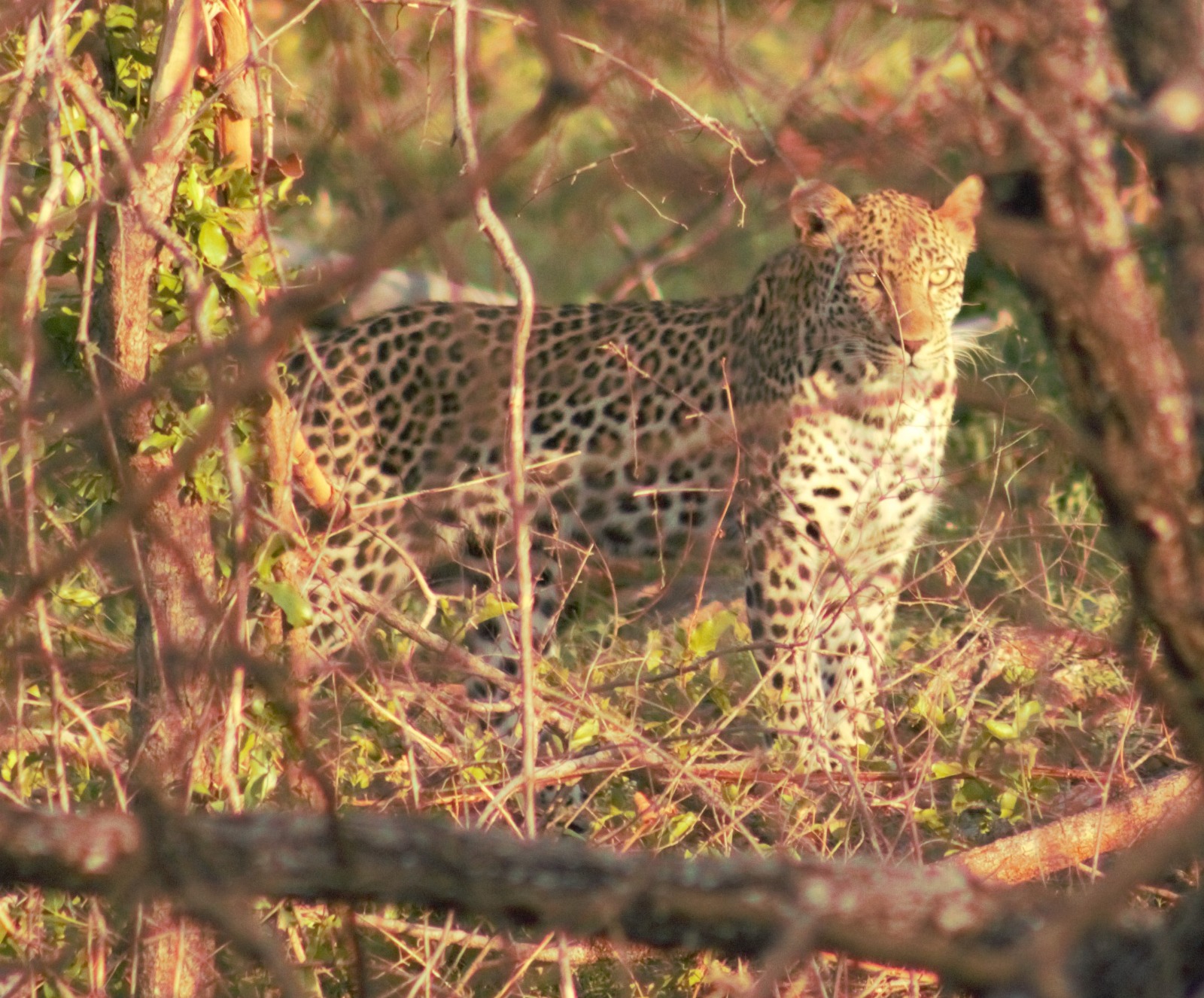
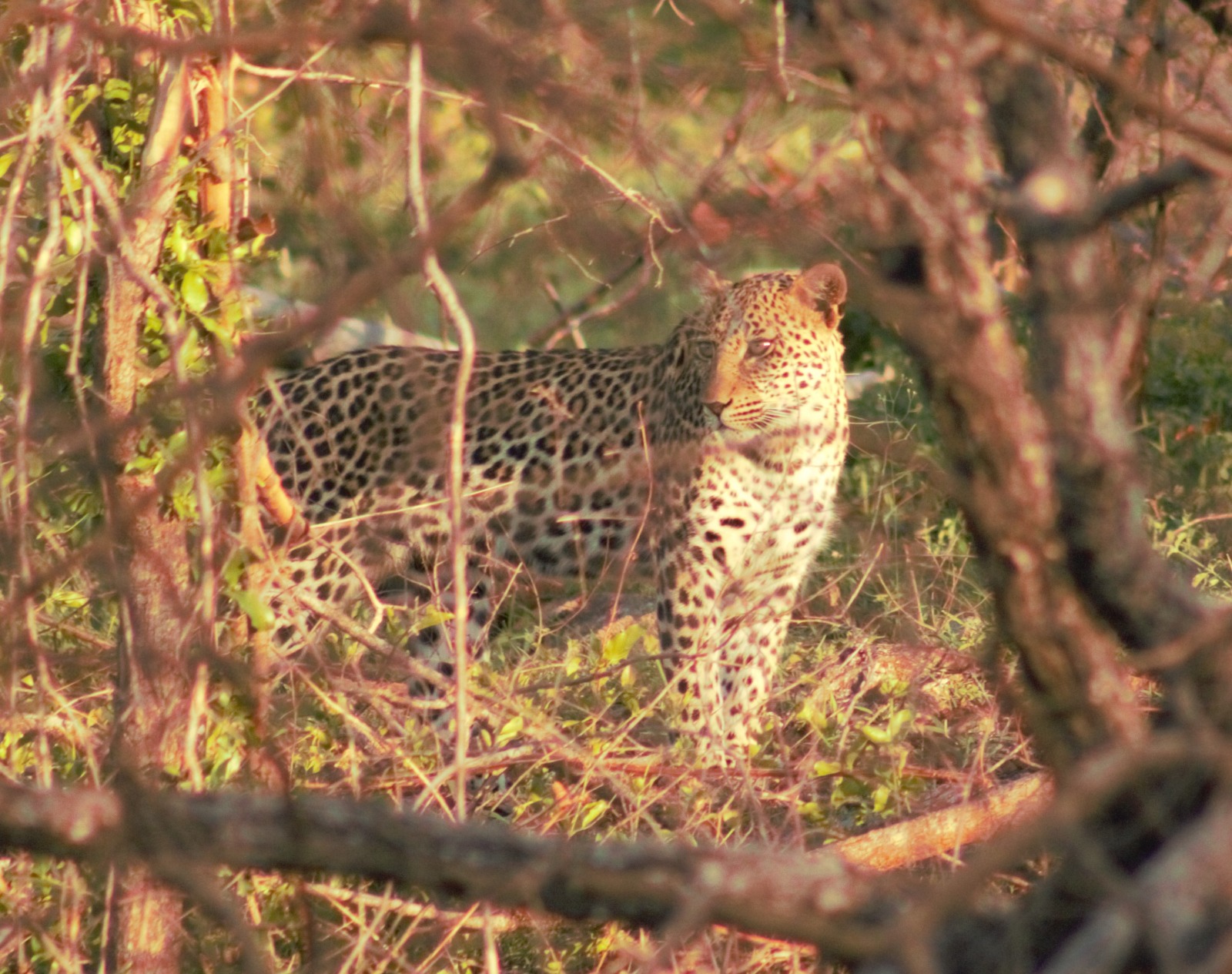
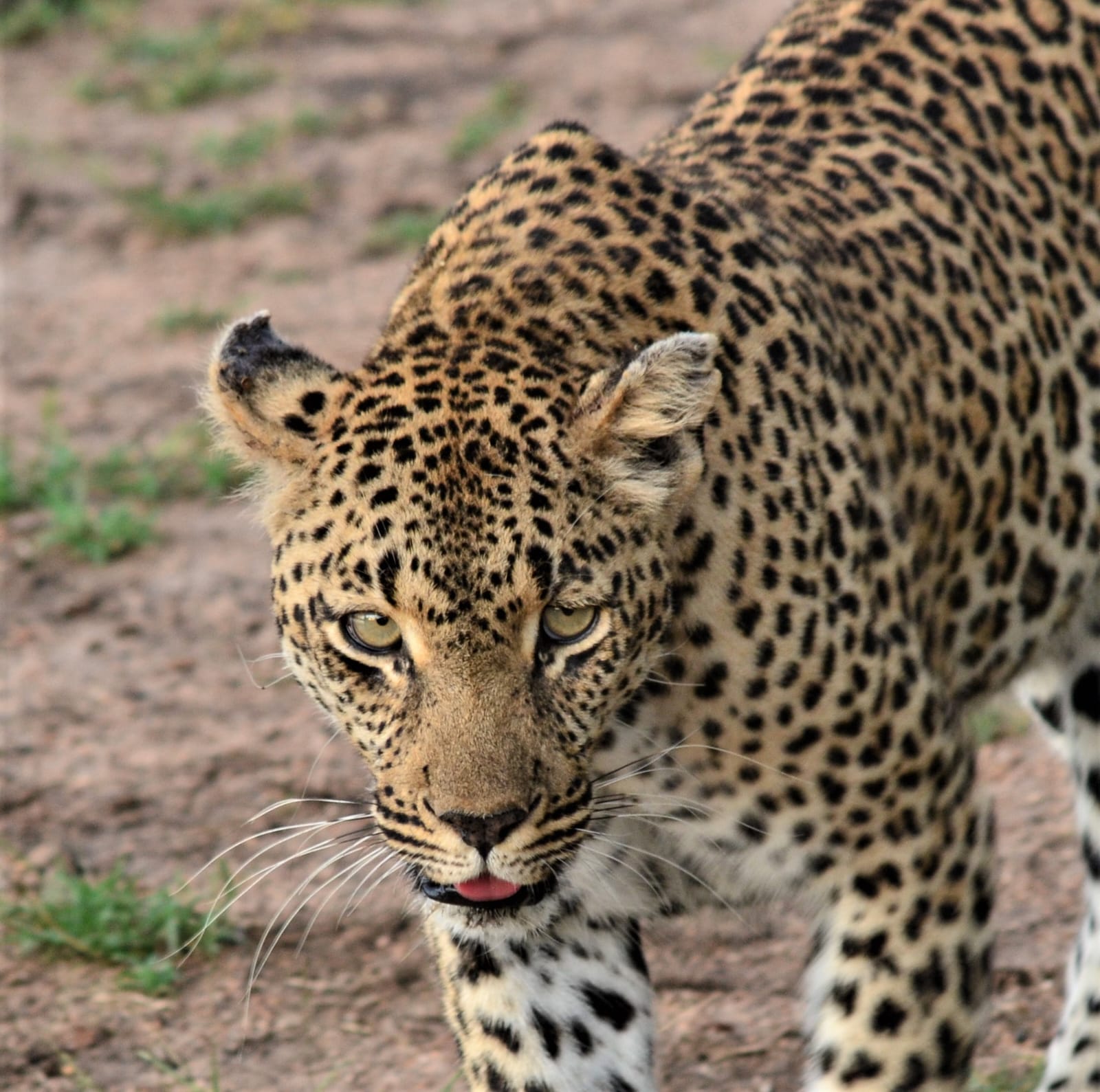
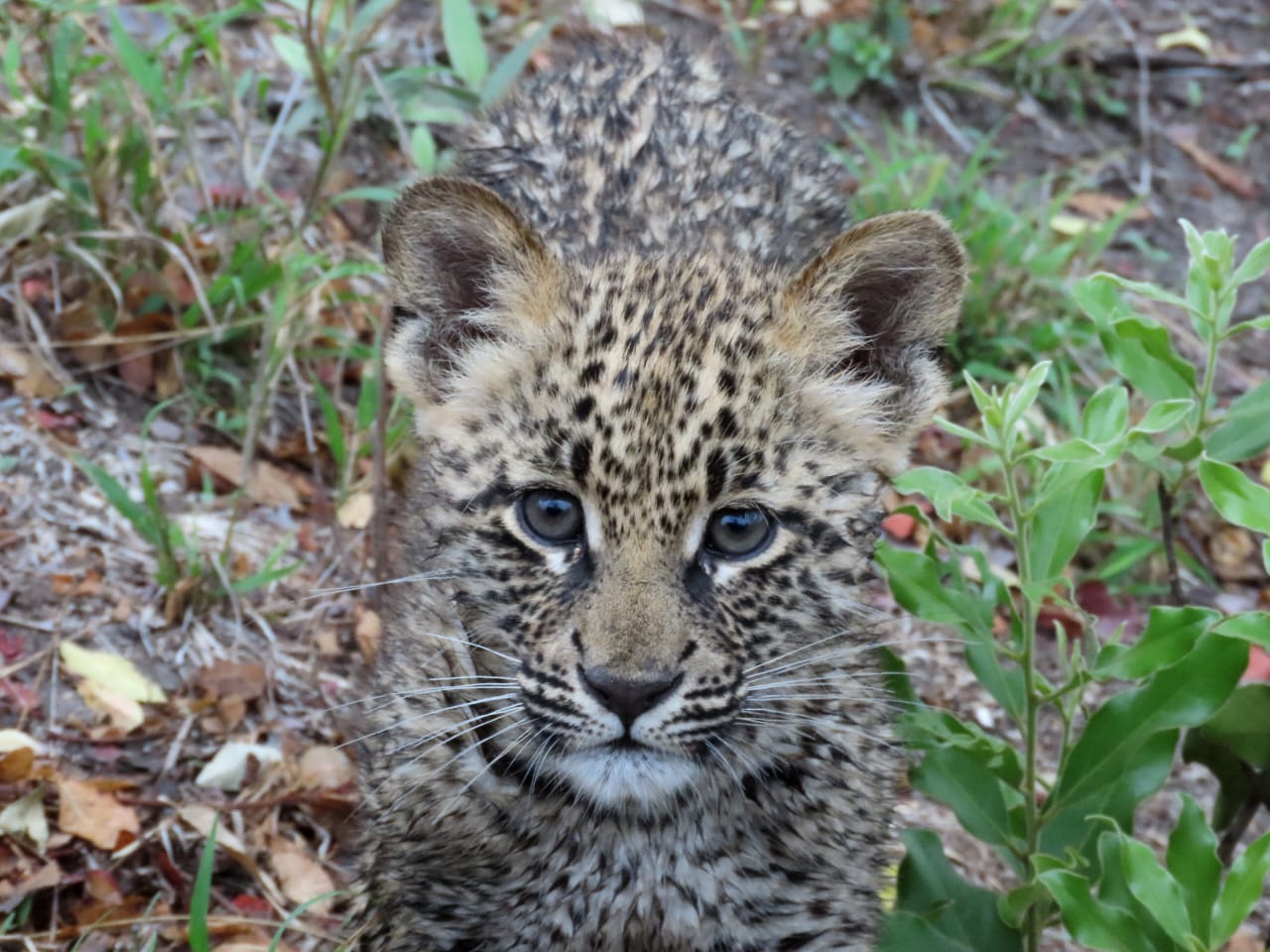
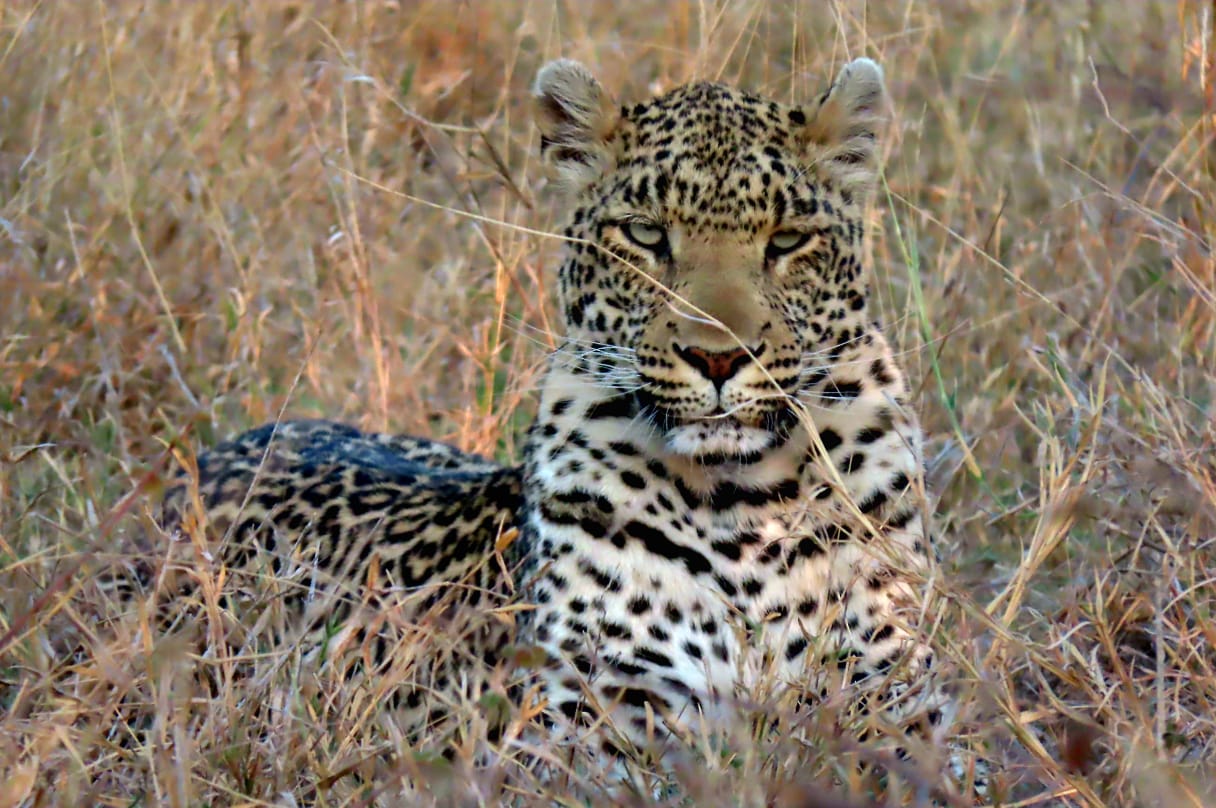
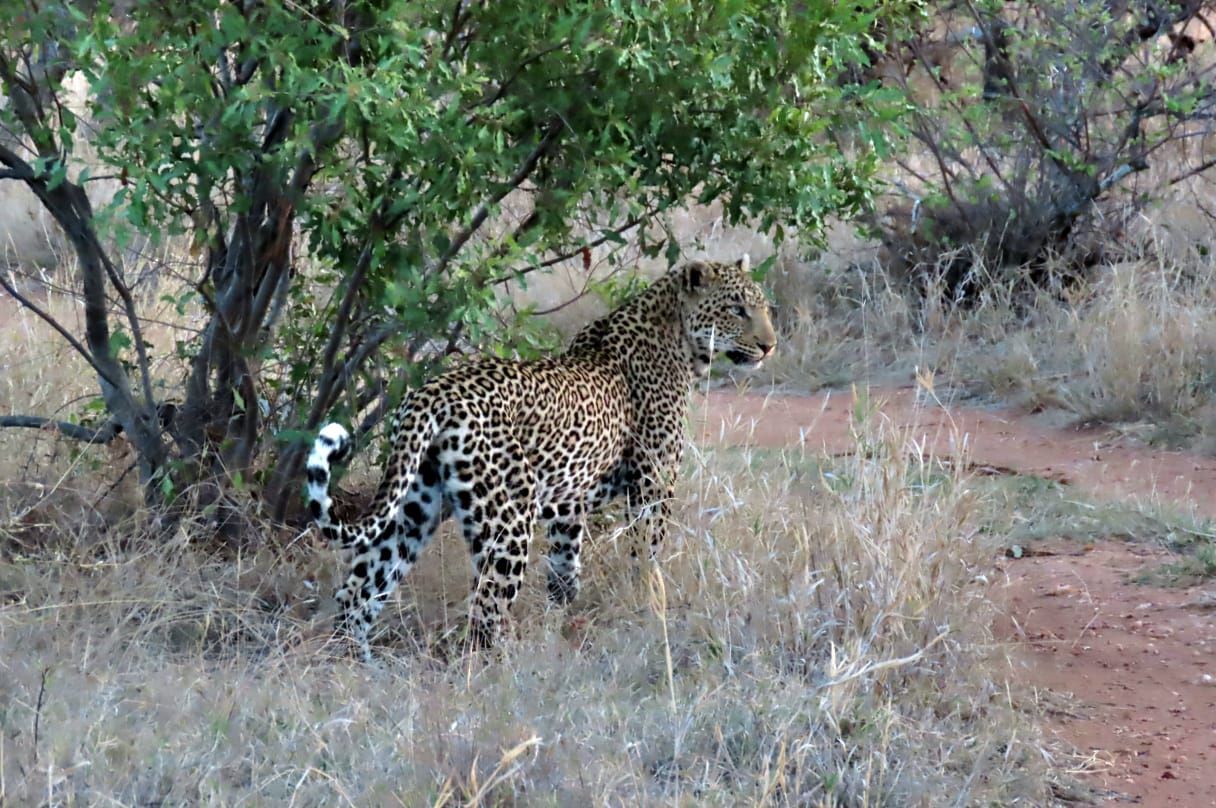
Leave a Comment